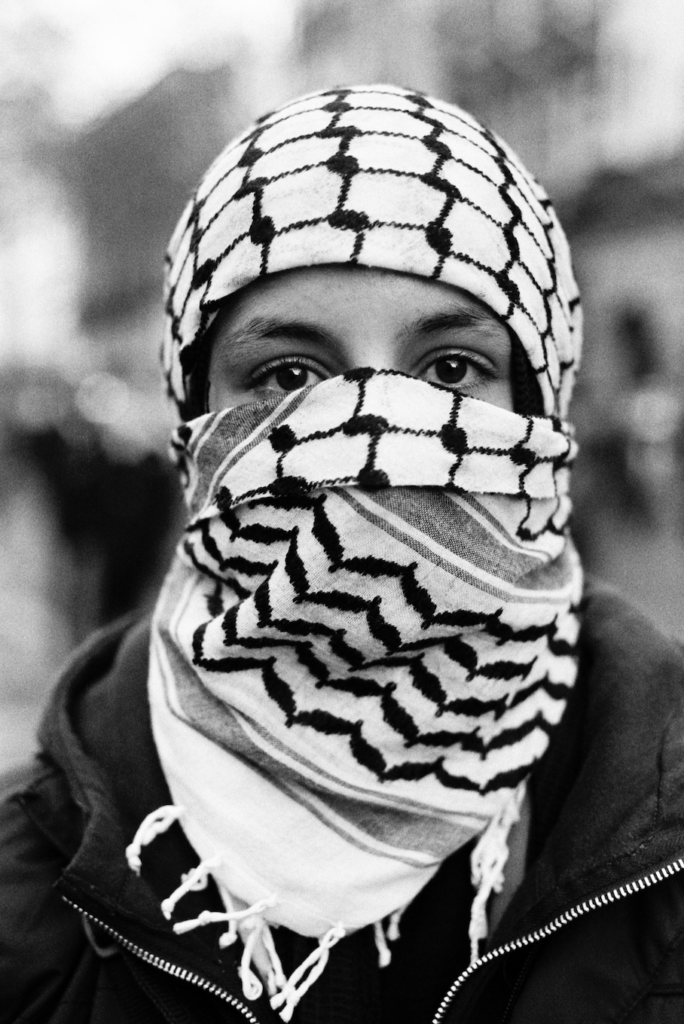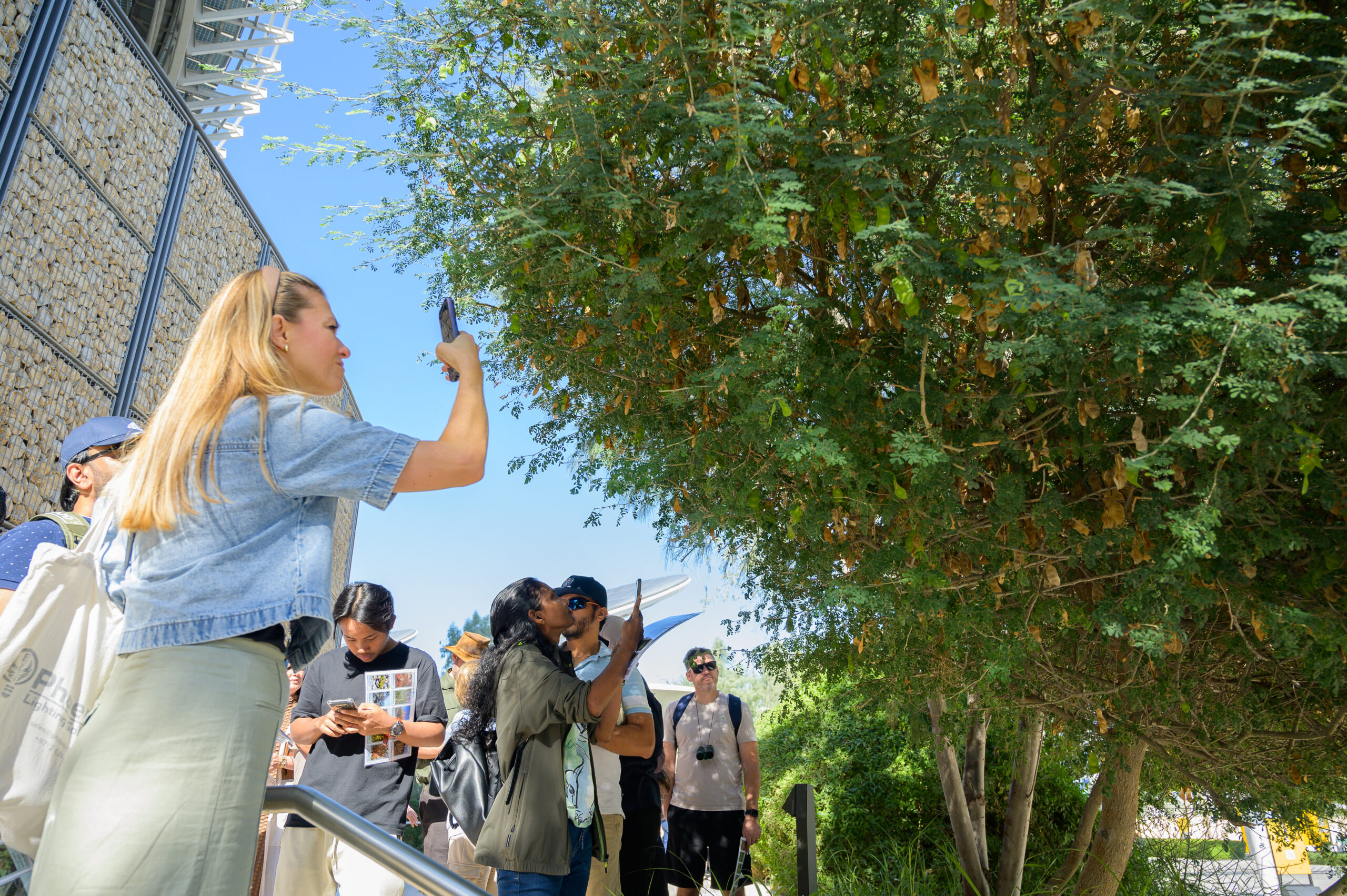How the Palestinian Keffiyeh Became a Global Symbol of Resistance
The keffiyeh, a black and white headscarf, holds deep cultural and historical significance in Arab culture, dating back centuries. Originally worn by priests and clerics as a symbol of rank, and by workers for protection against the elements, the keffiyeh has evolved into a symbol of Palestinian identity and resistance.
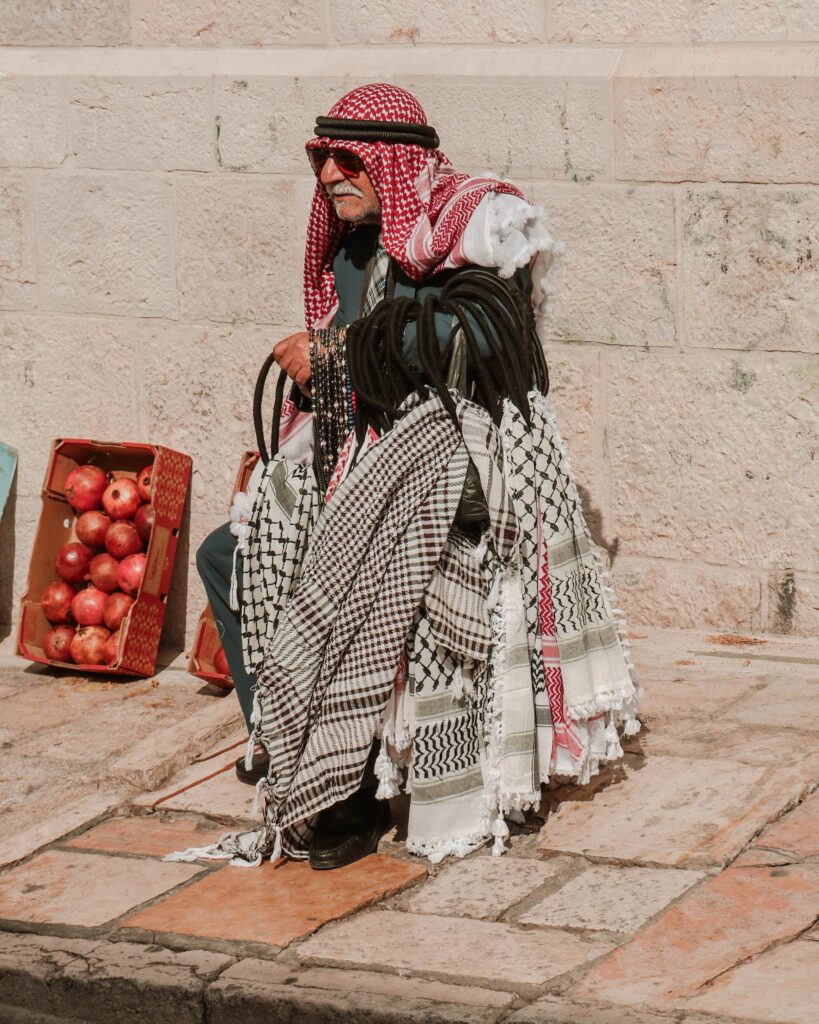
The story of its association with Palestinian resistance dates back to the 1936 Arab Revolt. During a confrontation with British soldiers, a Palestinian freedom fighter, a fedayeen, was reported to be wearing a keffiyeh. This led to the British searching for anyone wearing this distinctive headscarf. In an act of solidarity and to thwart the British efforts, many Palestinians began wearing the keffiyeh. This act of defiance grew in significance, especially after reports of a British Mandate ban on the keffiyeh, which further fueled its adoption as a symbol of resistance.
Transformation into a Political Icon
The political symbolism of the keffiyeh began to intensify in the mid-20th century, particularly with the onset of the Arab-Israeli conflict. It transitioned from a commonplace garment to a potent symbol of Palestinian nationalism and solidarity. This transformation can be traced to several key moments and figures in Palestinian history:
- Yasser Arafat and the Fatah Movement: The keffiyeh gained international prominence when Yassir Arafat, a prominent Palestinian leader, frequently appeared wearing it. His appearance at the 1974 UN General Assembly with a keffiyeh further cemented its global recognition. It has since been adopted by various militant groups and activists advocating for Palestinian rights worldwide.
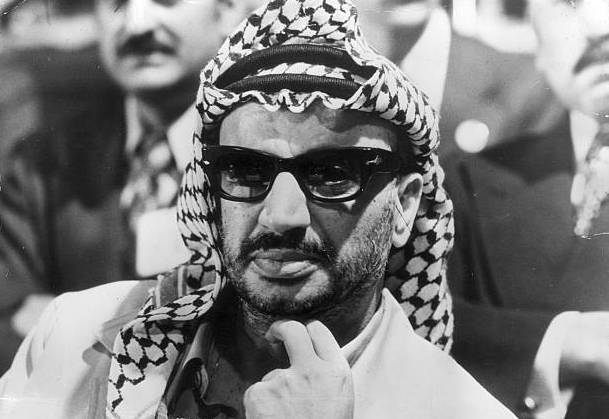
- Intifadas and Public Protests: During the First and Second Intifadas (Palestinian uprisings), the keffiyeh emerged as a unifying symbol. It was worn by protestors and freedom fighters alike, symbolising resistance against occupation and a commitment to Palestinian identity.
- International Solidarity Movements: The keffiyeh’s symbolism extended beyond the Middle East as international activists and solidarity movements adopted it. It became a global emblem of resistance against oppression, often worn at protests and rallies concerning various social and political causes.
The design of the Palestinian keffiyeh, distinct from other Middle Eastern headscarves, is rich in symbolism. The black and white pattern, believed to have been influenced by a similar design from Iraq during the British Mandate, includes features like criss-crossing lines representing fishing nets and wavy lines symbolising olive leaves, a crucial element of Palestinian economy and culture.
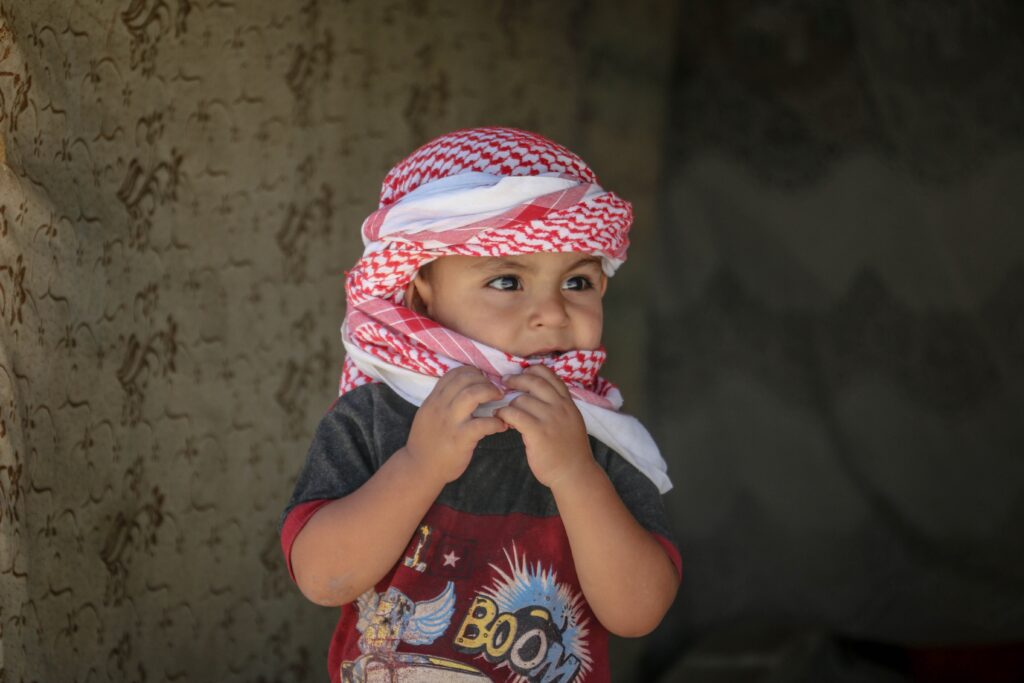
While the keffiyeh has been commercialised as a fashion accessory, it is important to recognise and respect its profound meaning to Palestinians and their struggle. This is particularly relevant as the keffiyeh remains a symbol of solidarity during conflicts in the region, with its popularity and significance resonating globally.
The evolution of the Palestinian keffiyeh from a regional garment to a political symbol and global icon is a fascinating journey that reflects the dynamic interplay of culture, politics, and identity. Its story is not just about a piece of cloth but about the people, struggles, and histories it represents. As it continues to be seen on streets and in protests around the world, the keffiyeh remains a powerful testament to the enduring nature of cultural symbols in expressing and shaping political narratives.
